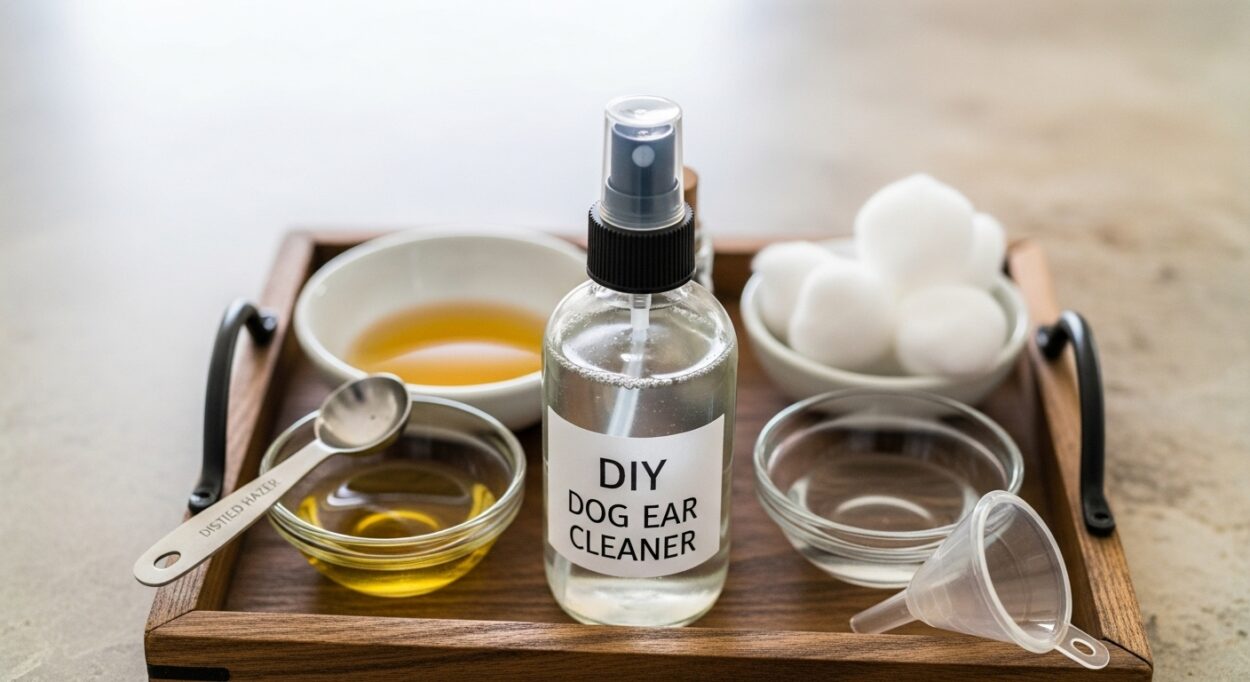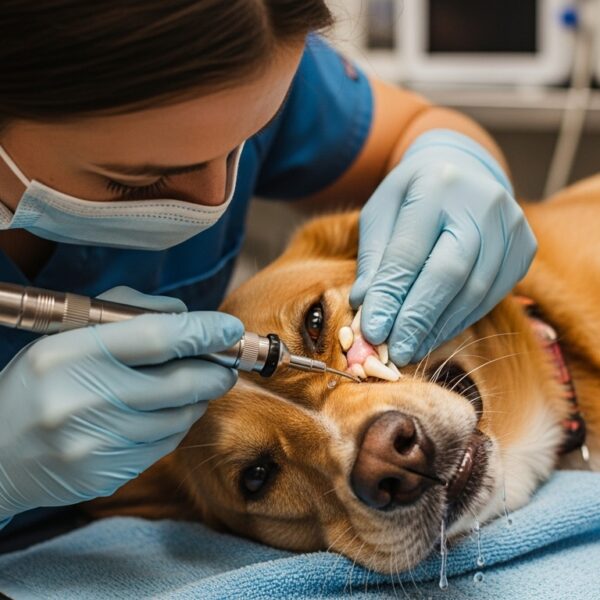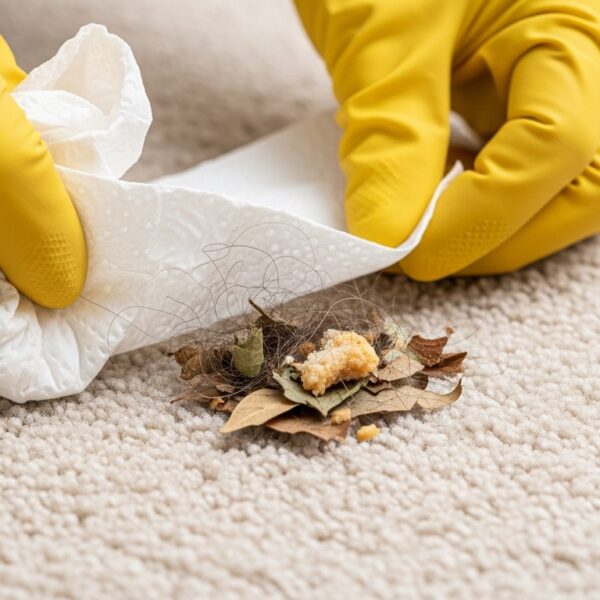Table of Contents
Introduction
Have you noticed your dog scratching at their ears or shaking their head a lot? Wax buildup, dirt, allergies, and even yeast can lead to discomfort or infection if your pup’s ears aren’t cleaned regularly. Luckily, you don’t always have to rush to the pet store for pricey solutions—many veterinarians agree you can whip up a homemade dog ear cleaner with safe, everyday ingredients. In this simple guide, you’ll learn why and how to clean your dog’s ears at home, which recipes actually work, and how to do it safely.
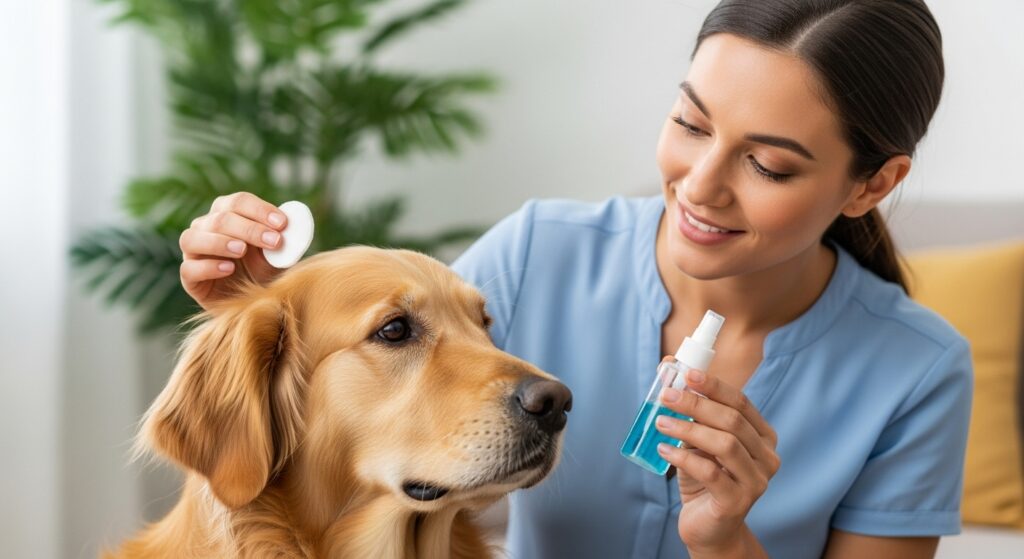
Why Clean Your Dog’s Ears?
- Earwax, debris, and moisture can cause irritation and infection—especially in floppy-eared breeds.
- Dogs that swim, play outside a lot, or have allergies are more prone to ear issues.
- Clean ears mean less itching, fewer odors, and a happier, healthier pup!
Pro Tip: If your dog’s ears smell foul, are red, or seem painful, always check with a vet before cleaning. Some infections need prescription care!
Vet-Approved Homemade Dog Ear Cleaner Recipes
Let’s be clear: not every DIY ear cleaner is a good idea. Avoid anything harsh (like hydrogen peroxide or alcohol), and stick to safe, simple, and tried-and-true solutions. Here are three recipes many veterinarians recommend:
1. Saline Solution Ear Cleaner
Best for: Gentle weekly cleaning and rinsing away light dirt or wax
Ingredients:
- 1 cup warm distilled water
- 1 teaspoon non-iodized salt
Instructions:
- Mix the salt into the warm water until fully dissolved.
- Use a clean squeeze bottle or bulb syringe to drizzle the solution into your dog’s ear canal.
- Gently massage the base of the ear, then let your dog shake out the excess.
- Wipe away debris with a cotton ball or soft cloth (never use a cotton swab inside the ear!).
2. Apple Cider Vinegar and Water Cleaner
Best for: Dogs with mild yeast or fungal itchiness (but NEVER if the ear is red, raw, or has open sores)
Ingredients:
- 1 part apple cider vinegar (raw, unfiltered is best)
- 1 part distilled water
Instructions:
- Combine equal parts vinegar and water.
- Apply a few drops into the ear canal or soak a cotton ball in the solution.
- Gently clean the inside folds of the ear, and massage the base.
- Let your dog shake, then dry the outer ear gently.
Note: Vinegar can sting—do not use if ears are irritated or bleeding!
3. Witch Hazel & Aloe Vera Cleaner
Best for: Reducing swelling, calming mild irritation, and gentle cleansing
Ingredients:
- 1 tablespoon witch hazel (alcohol-free)
- 1 tablespoon pure aloe vera gel (no added fragrances/colors)
- 2 tablespoons distilled water
Instructions:
- Mix all ingredients thoroughly in a clean bottle.
- Use a dropper to apply a few drops to the ear, massage gently, and clean the outer ear with a cotton ball.
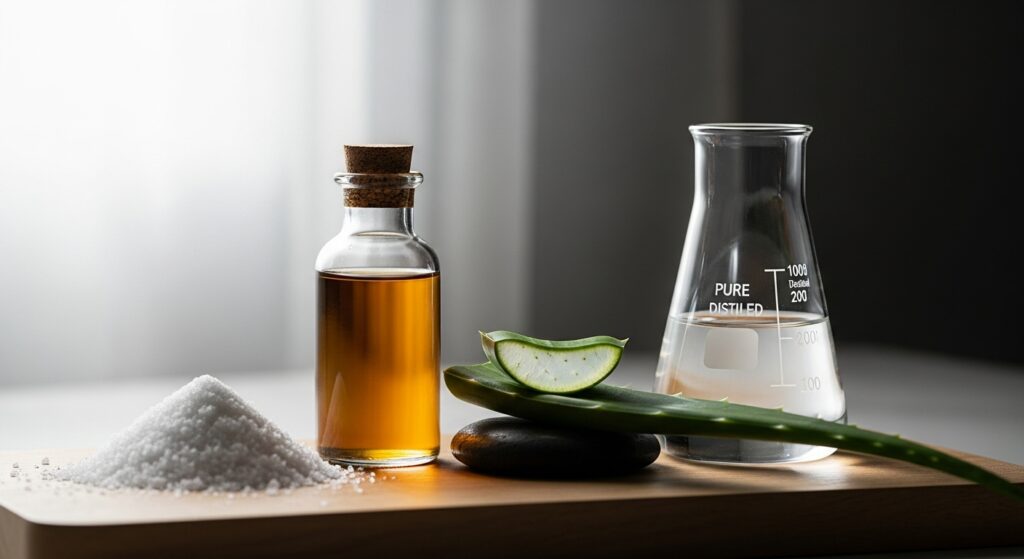
How to Safely Clean Your Dog’s Ears
Step-by-Step:
- Inspect the ear for discharge, redness, or a foul smell (call the vet if you see any of these).
- Calm your dog, reward them with treats, and ensure good lighting.
- Squeeze or drip the cleaning solution into the ear canal—don’t overfill!
- Massage the base of the ear for 20-30 seconds (you’ll hear a “squishy” sound).
- Let your dog shake their head.
- Wipe away any loosened wax from the outer ear with a cotton ball or gauze.
Do NOT:
- Stick cotton swabs deep into the ear—you could injure your pup’s eardrum!
- Use strong chemicals.
- Clean more than 1-2 times per week unless your vet says otherwise.
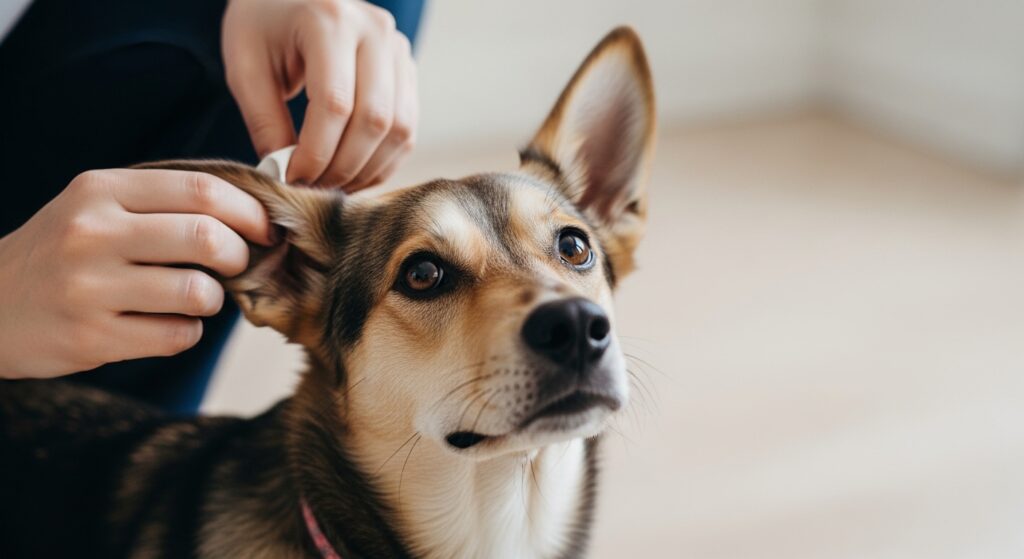
When to See the Veterinarian
Homemade dog ear cleaners work great for maintenance—but if you notice:
- Smelly, brown, yellow, or bloody discharge
- Redness, heat, pain, or swelling
- Excessive head shaking or scratchingYour dog may have an ear infection or allergies that require vet care. Never try to treat serious infections at home.
Quick Safety Checklist
- Always use clean, gentle materials
- Avoid harsh or stinging ingredients (no alcohol or peroxide)
- Never force anything into your dog’s ears
- Stop if your dog acts like it’s hurting!
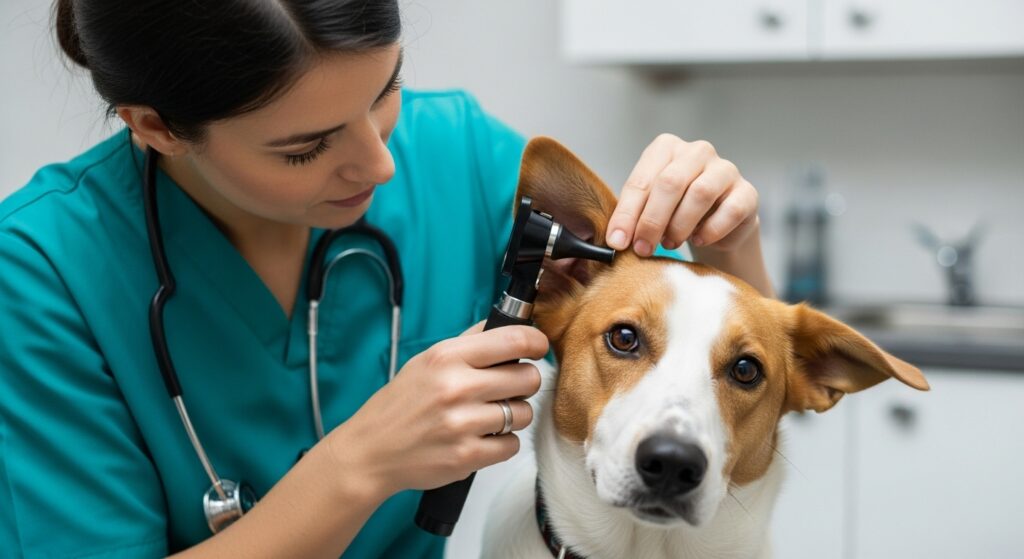
FAQs About Homemade Dog Ear Cleaner
Q1: Are homemade ear cleaners really safe for dogs?A1: Yes, if you use simple, vet-approved ingredients like saline, diluted vinegar, or aloe vera/water combos—and avoid anything harsh or irritating.
Q2: How often should I clean my dog’s ears?A2: For most dogs, once every 2-4 weeks is plenty. Dogs with allergies, floppy ears, or who swim a lot may need weekly cleaning—but ask your vet for guidance!
Q3: Can I use hydrogen peroxide or alcohol as an ear cleaner?A3: No. These can dry out or sting delicate ear tissue—stick to the recipes above for safe options.
Q4: What if my dog’s ears still smell bad after cleaning?A4: Persistent odor points to infection or a deeper problem. Stop home treatment and see your veterinarian.
Q5: Can I use these recipes on puppies?A5: Yes, but always use the gentlest options (like saline solution), and clean less frequently. Ask your vet before cleaning a young puppy’s ears.
Conclusion
A homemade dog ear cleaner can be safe, easy, and highly effective when done the right way. Regular ear cleaning keeps your pup comfortable and may prevent future infections—but always stay on the safe side: if in doubt, check with your vet!

